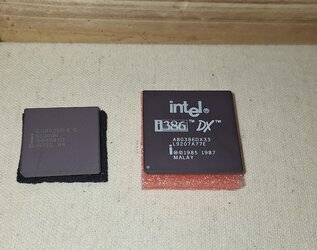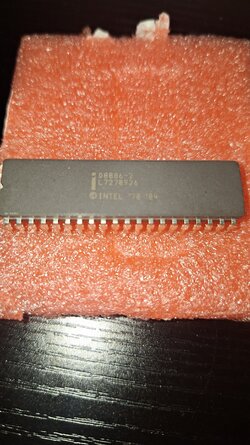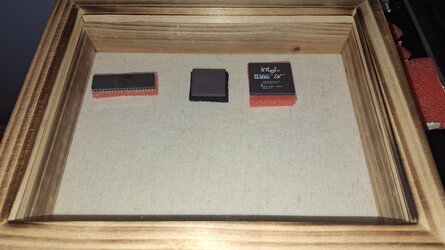Personally, I would. You never know when you might come across a matching system missing the cpu that’s on its way to a landfill & you can save it.
I have a complete system that I can plug my 486 DX-50 or 486 DX2-66 into. I’ll run benches on both at some point when I can find the time.
I have a complete system that I can plug my 486 DX-50 or 486 DX2-66 into. I’ll run benches on both at some point when I can find the time.



